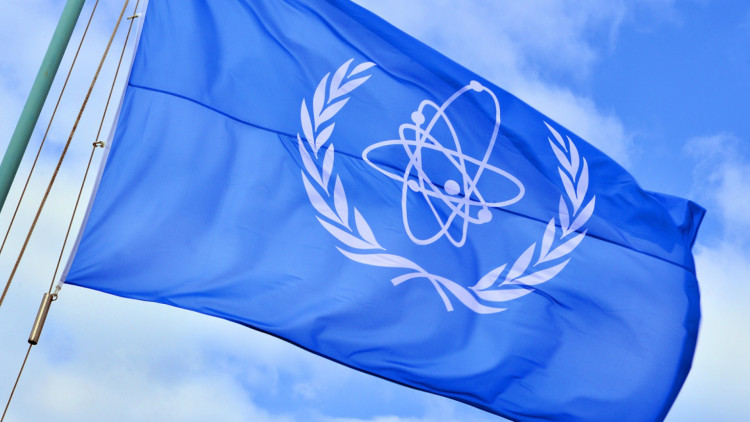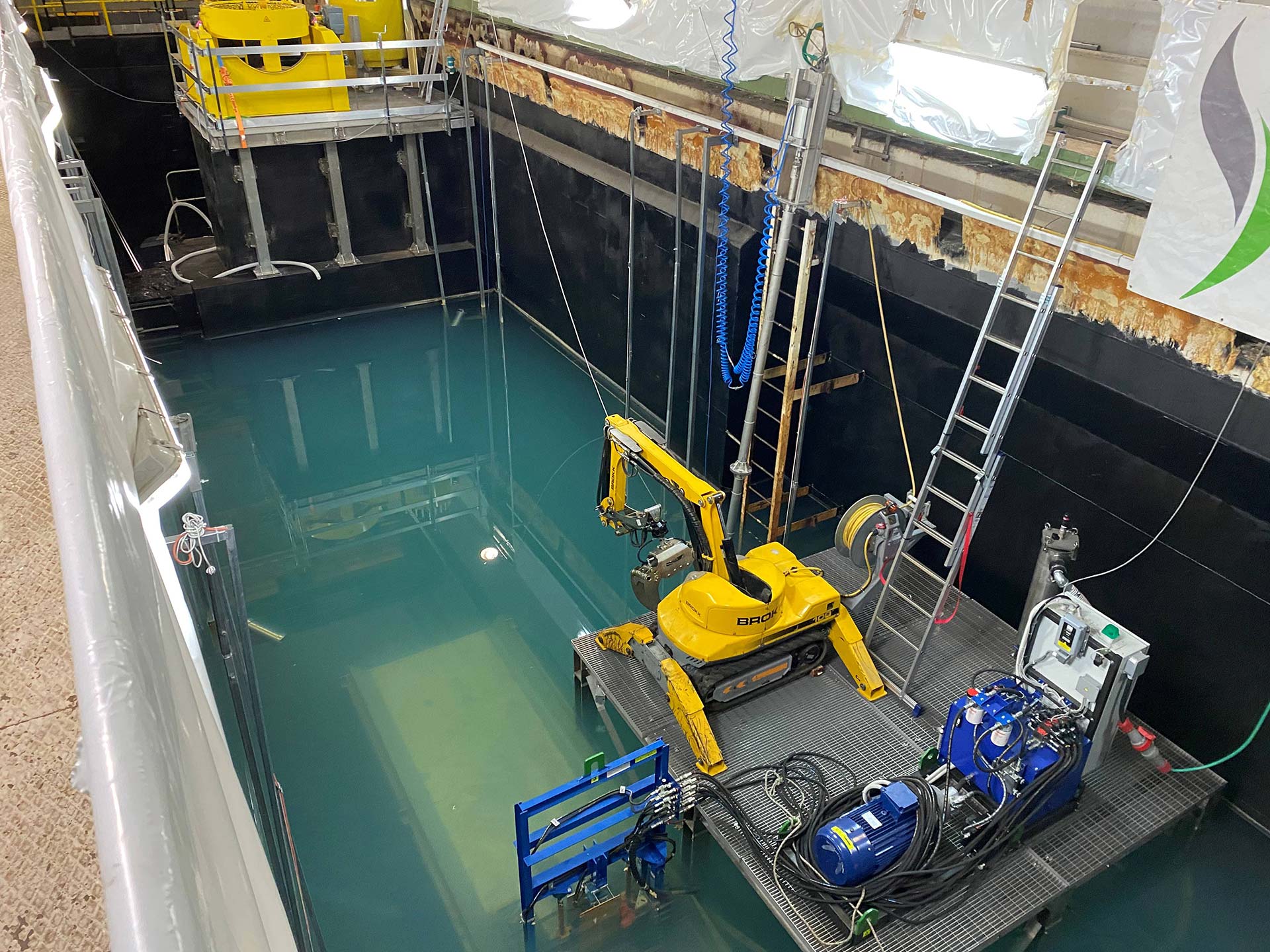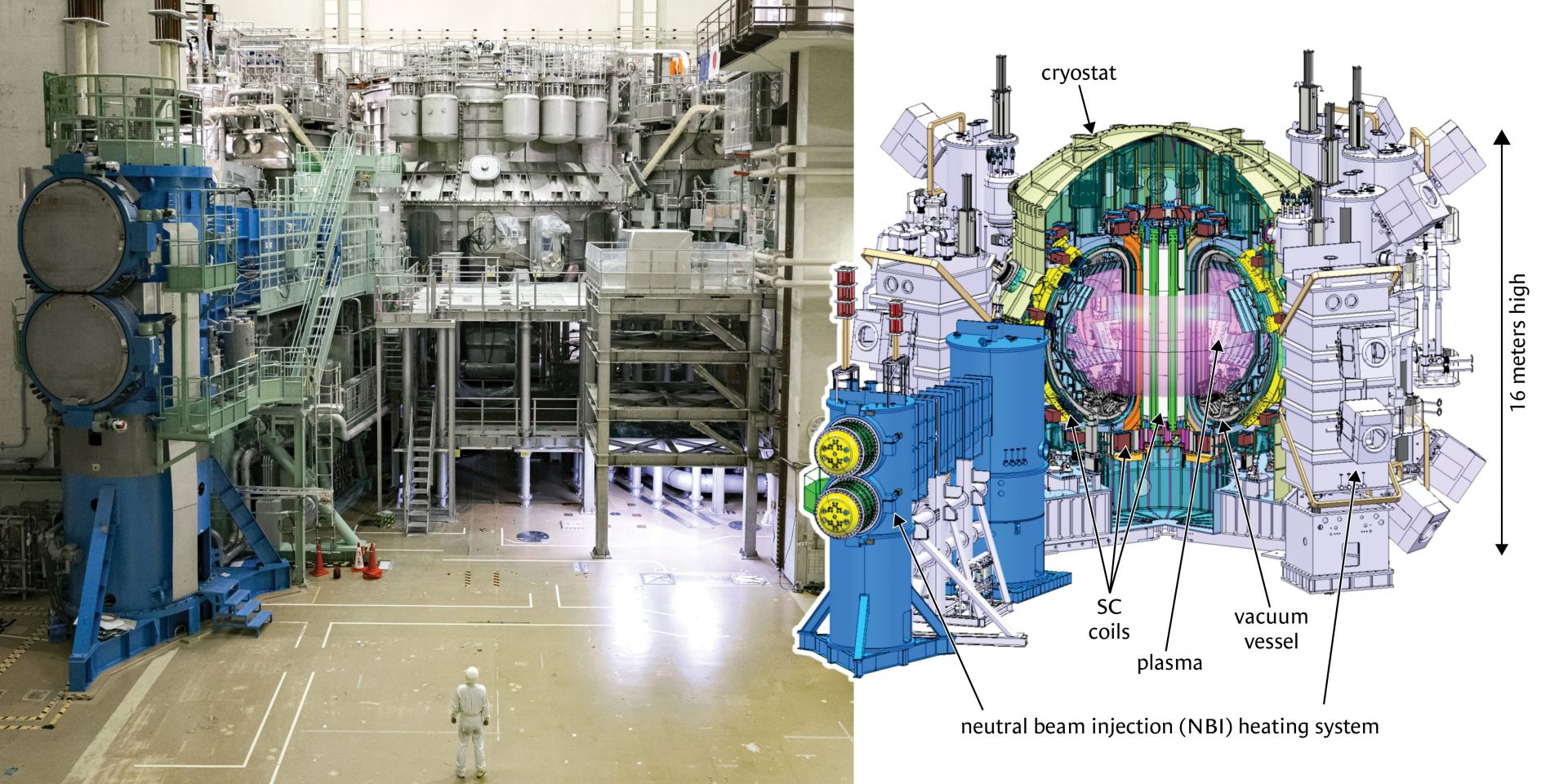Westinghouse ADOPT fuel pellets. (Photo: Westinghouse)
Westinghouse Electric Company announced Aug. 8 that it has completed the first pressing of ADOPT nuclear fuel pellets at the company’s Springfields Fuel Manufacturing Facility in the United Kingdom. The pellets, which can contain up to 8 percent uranium-235 by weight, are destined for irradiation testing in Southern Nuclear’s Vogtle-2 pressurized water reactor.
The Bruce Power nuclear power plant. (Photo: Bruce Power)
A glass test cell that was fabricated to visualize noble gas behavior in a stagnant molten salt column. (Photo: ORNL)
Transparency is one advantage of certain molten salts that could serve as both a coolant and fuel carrier in an advanced reactor. For scientists studying molten salt chemistry and behavior at the laboratory scale, it helps if the test vessel is transparent too. Now, Oak Ridge National Laboratory has created a custom glass test cell with a 1-liter capacity to observe how gases move within a column of molten salt, the Department of Energy announced August 5.
NRC accepting hearing requests on Holtec’s restart plans
The Department of Energy has signed off on a $1.5 billion loan guarantee to Holtec Palisades LLC to support initial work needed to restart the Michigan nuclear plant.
Photo: The Schwarzenegger Climate Initiative
Actor and politician Arnold Schwarzenegger recently criticized Germany for shutting down its remaining nuclear power plants last year. Speaking in June in his native Austria at the 2024 Austrian World Summit, a climate conference held in Vienna, Schwarzenegger noted the contradiction of the German government’s stated goal of cutting carbon emissions while simultaneously eliminating the clean-energy source of nuclear power.
AI-generated concept image. (Image: DARPA)
Nuclear power already has an energy density advantage over other sources of thermal electricity generation. But what if nuclear generation didn’t require a steam turbine? What if the radiation from a reactor was less a problem to be managed and more a source of energy? And what if an energy conversion technology could scale to fit nuclear power systems ranging from miniature batteries to the grid? The Defense Advanced Research Projects Agency (DARPA) Defense Sciences Office (DSO) is asking these types of questions in a request for information on High Power Direct Energy Conversion from Nuclear Power Systems, released August 1.
Southeast Asian nation considering deployment of first nuclear energy
U.S. secretary of state Antony Blinken (left) with Singapore foreign minister Vivian Balakrishnan. (Photo: X/@SecBlinken)
The United States and Singapore have signed a civil nuclear cooperation agreement, commonly known as a 123 Agreement.
U.S. secretary of state Antony Blinken and Singapore’s minister of foreign affairs Vivian Balakrishan met on July 31 to formalize the agreement, which outlines a comprehensive framework for peaceful nuclear collaboration between the two nations based on a mutual commitment to nuclear nonproliferation.
Dresden nuclear power plant. (Photo: Constellation Energy)
The Nuclear Regulatory Commission is hosting several public meetings this month to discuss the Dresden nuclear power plant and its request for subsequent license renewal.
The Golfech nuclear power plant. (Photo: Theanphibian)
Électricité de France reduced power production by 1 gigawatt on Friday at its Golfech nuclear plant, citing high water temperatures on the Garonne River.
The ALCF AI Testbed includes the AI systems represented in this collage: Cerebras, Graphcore, Groq, and SambaNova. (Image: Argonne National Laboratory)
Generative artificial intelligence paired with advanced diagnostic tools could detect potential problems in nuclear power plants and deliver a straightforward explanation to operators in real time. That’s the premise of research out of the Department of Energy’s Argonne National Laboratory, and just one example of the DOE’s increasing exploration of AI applications in nuclear science and technology research. Training and restraining novel AI systems take expertise and data, and the DOE has access to both. According to a flurry of reports and announcements in recent months, the DOE is setting out its plans to ensure the United States can use AI to its advantage to enhance energy security and national security.
Remote equipment is used to remove components from the Garigliano reactor vessel. (Photo: Sogin)
Sogin (Società Gestione Impianti Nucleari), the state-owned company responsible for the decommissioning of Italy’s nuclear plants and the management of radioactive waste, announced on July 30 that it has completed the first phase of dismantling Garigliano nuclear power plant’s reactor vessel with the removal of contaminated metal components from the deflector.
Fig. 1. A photograph (left) and schematic figure (right) of JT-60SA.
(Source: Naka Institute)
JT-60SA (Japan Torus-60 Super Advanced) is the world’s largest superconducting tokamak device. Its goal is the earlier realization of fusion energy (see Fig. 1). Fusion is the energy that powers the Sun, and just 1 gram of deuterium-tritium (D-T) fuel produces enormous energy—the equivalent of 8 tons of crude oil.
Last fall, the JT-60SA project announced an important milestone: the achievement of the tokamak’s first plasma. This article describes the objectives of the JT-60SA project, achievements in the operation campaign for the first plasma, and next steps.
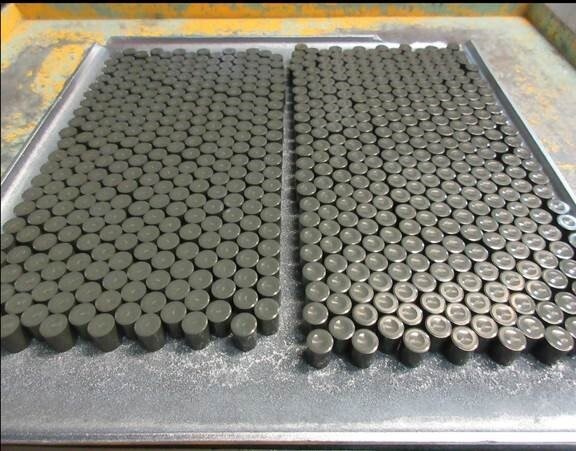


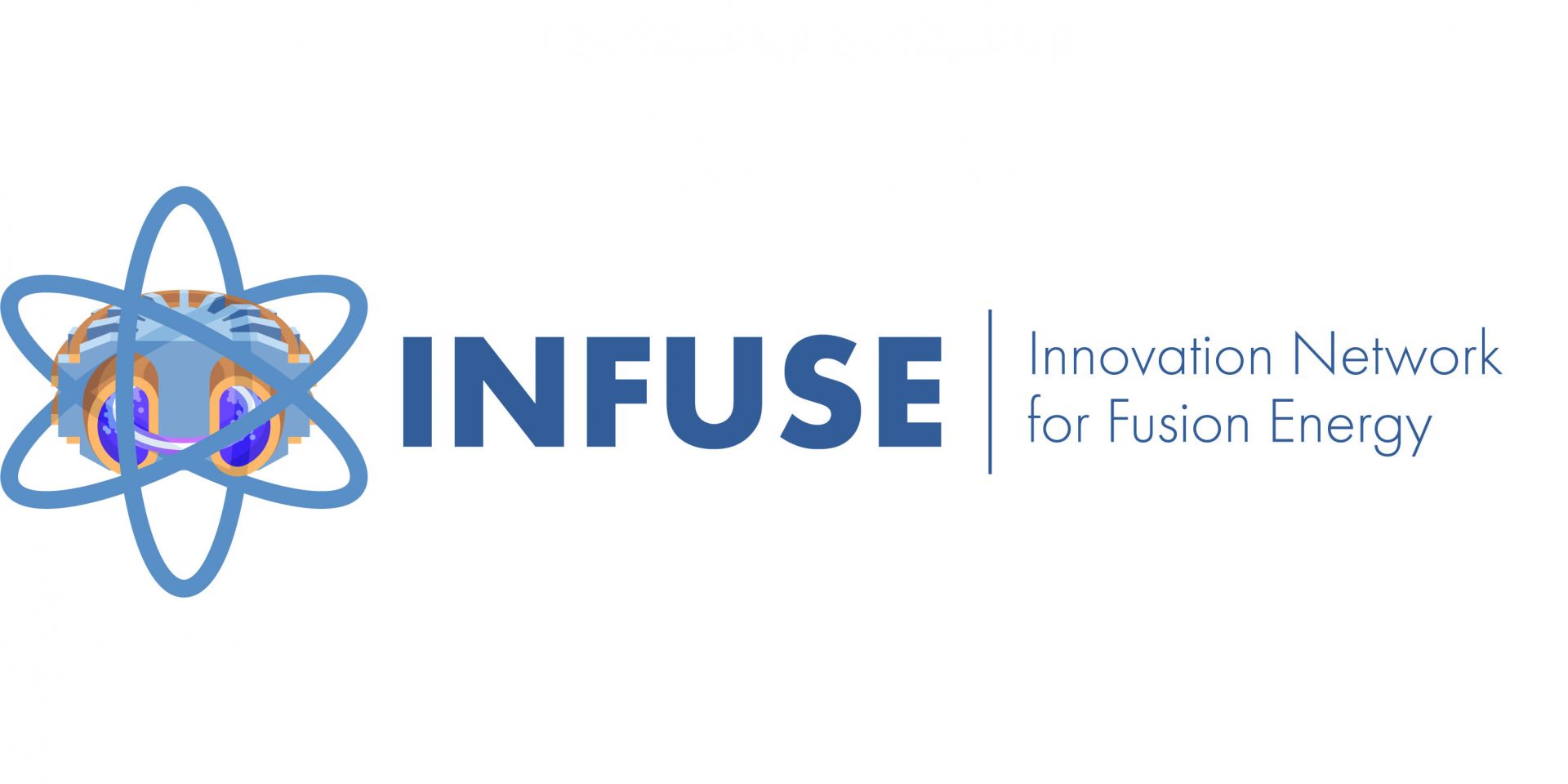

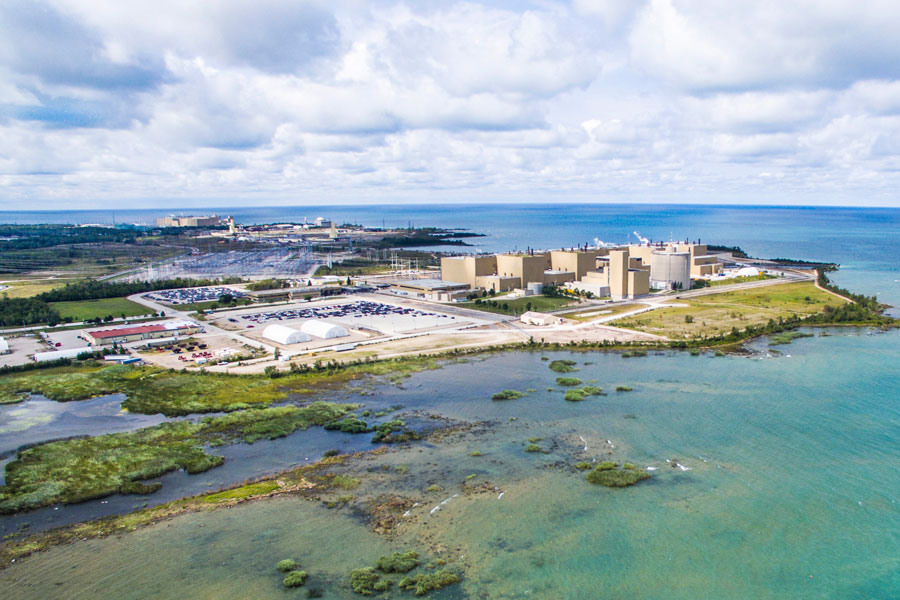

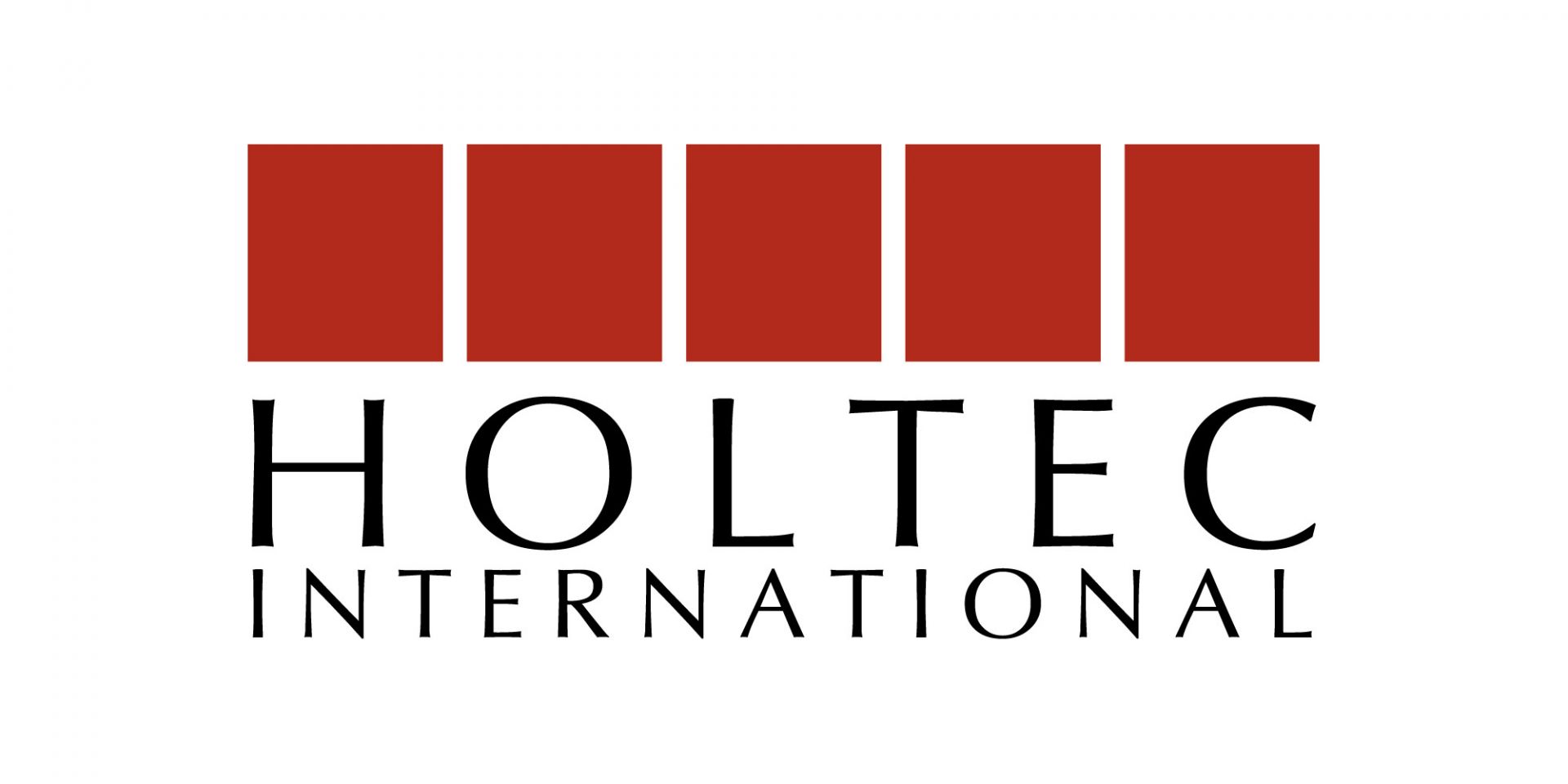

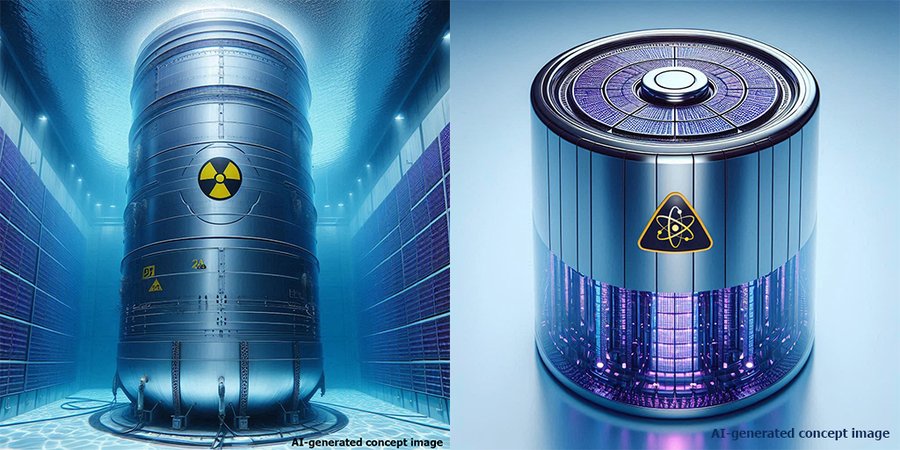
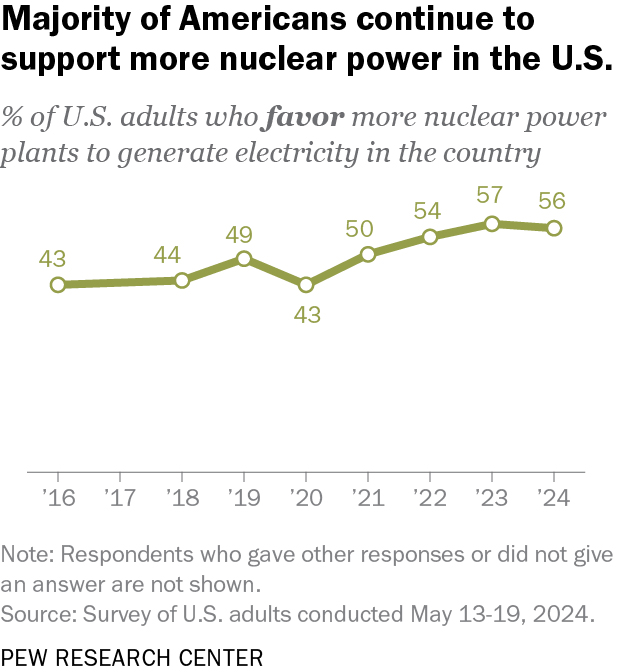 A number of surveys and polls, such as
A number of surveys and polls, such as 
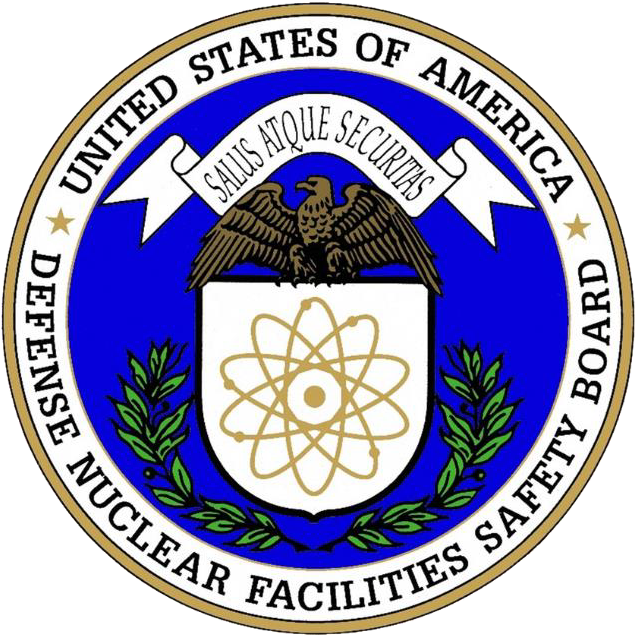 The Defense Nuclear Facilities Safety Board, which provides safety oversight of Department of Energy sites, is holding a
The Defense Nuclear Facilities Safety Board, which provides safety oversight of Department of Energy sites, is holding a 


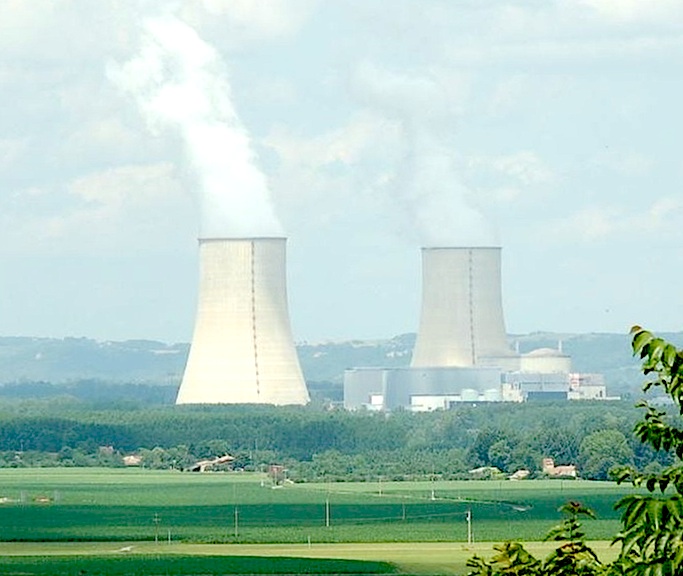
.png)
